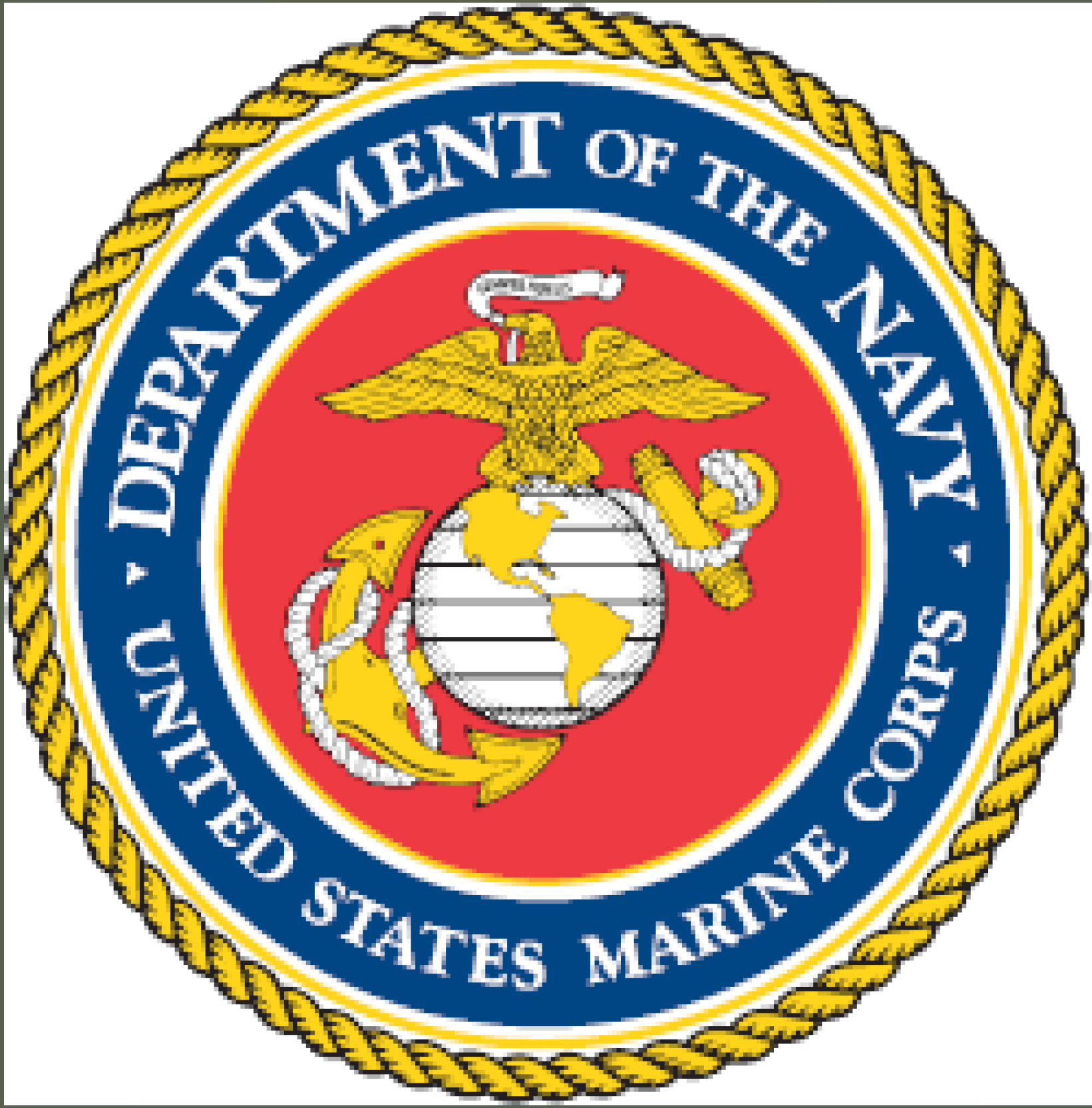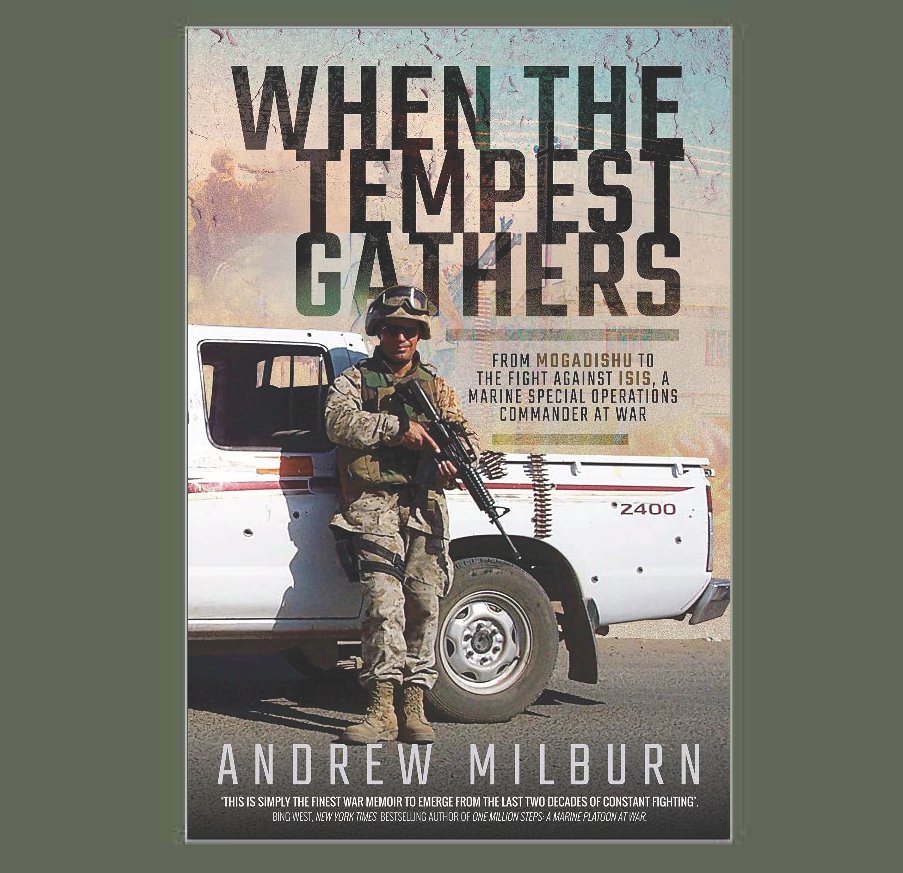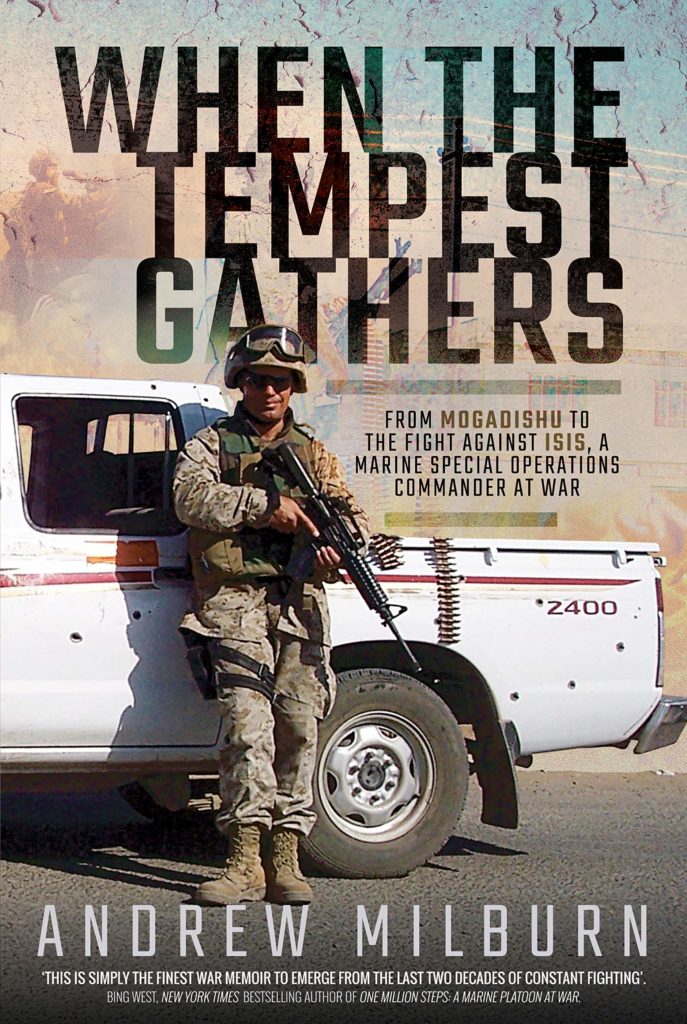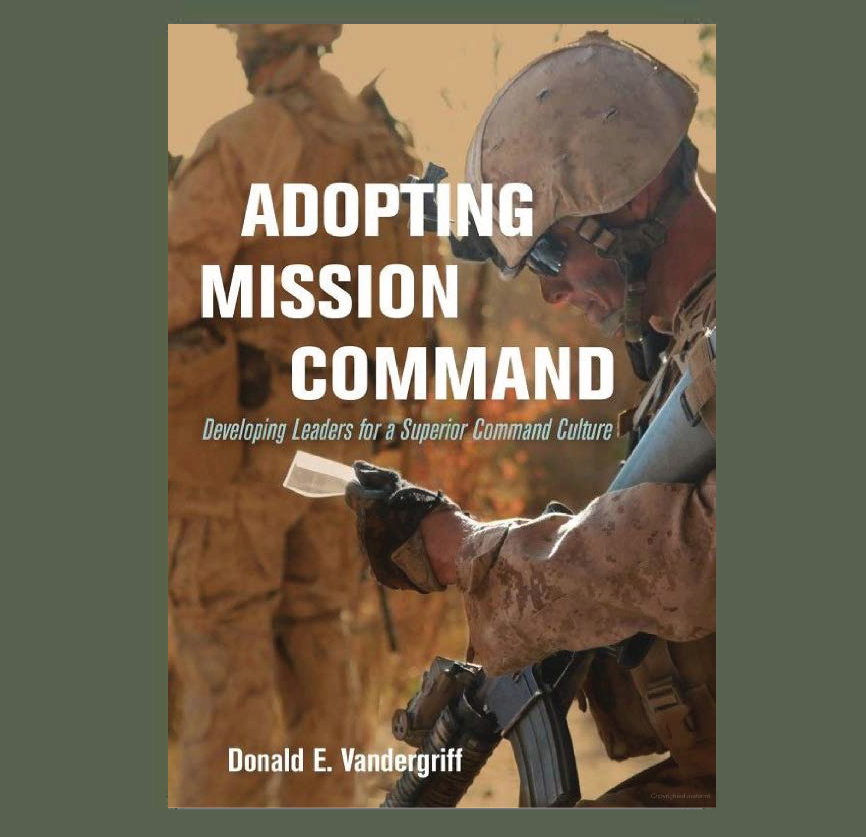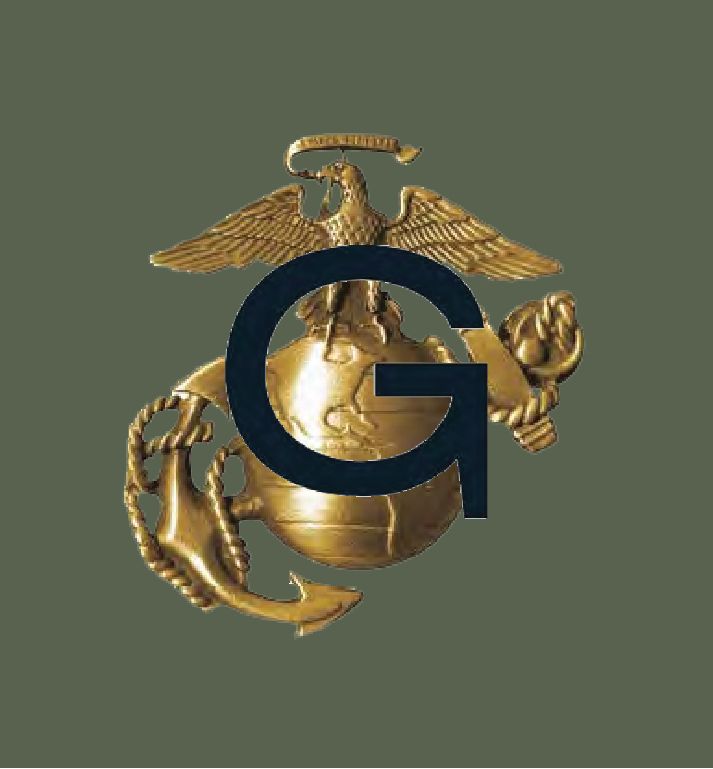The Force Design 2030 report was recently released by our 38th Commandant largely answering the “Why” many of the decisions were made and the thought process behind the decisions allowing what many are calling the most drastic force design the Marine Corps has ever seen. History reveals very few times such a comprehensive review of the Marine Corps has been completed. My mind circles back to the Hogaboom report many moons ago.
Many readers of this post may be absent from the world of social media. If that is the case, it is important to know a large discussion has been, and will continue to occur on this subject matter in that forum, mainly occurring on Twitter. A discussion recently occurred on an article published by 30 year Marine Corps veteran Mark Cancian from the Center for Strategic and International Studies who brought up legitimate concerns of the recent force design stating (https://www.csis.org/analysis/marine-corps-radical-shift-toward-china):
“Radical change brings risks, and this effort is no different. Risks arise from the lack of hedging, the movement away from current operations, and the uncertain viability of the new war-fighting concepts. If the Marine Corps has misjudged the future, it will fight the next conflict at a great disadvantage or, perhaps, be irrelevant.“
Although I don’t agree with some of the statements made in the article, I know Mr. Cancian is no slouch in the intellect department from his previous works, and his concerns are valid to many onlookers.
This is a natural discourse for anyone observing the decisions being made, especially what many would call radical or revolutionary. However, I do not believe this Force Design was a shot from the hip aimed at some far off target, but instead a work of precision resulting from many great minds and data driven war-games.
If one circles back to the on-going discussions in the social media realm (Twitter mostly) many can speculate, but very few individuals actually know the calculus the FD 2030 discusses. Rightfully so. The ability to keep war-gaming results to those who have a need to know in terms of classification leave many, myself included, to arm chair quarterback the results. Self-study can help bridge the gap, but will never bring any of us who are not in the room when those decisions are made to fully understand how and why each decision was made. FD 2030 is a great place to start for many to begin to appreciate the process.
General Berger discusses his experience and history with war-gaming. Reviewing his biography it seems his career path has naturally complimented his ability to appreciate and understand force design when it comes to the Marine Corps. His roles have encompassed MAGTF-TC, I MEF, MARFORPAC, MCCDC/CD&I, and now Commandant. From his time in Twentynine Palms (which encompasses Bridgeport, MAWTS-1–very important when you think of MAGTF integration, training, and the role aviation plays in USMC) to his role at MCCDC, who is now the singular touch point for the Marine Corps driving the force design. The social media discussions are entertaining, and many can war-game and predict shortfalls with the current plan using their own experiences, but a large majority are not privy to the data that helped drive these decisions and are left making assumptions without data to support them. This should not keep any Marine from providing critical and data driven feedback to try and improve upon FD 2030. In fact, I think many discussions had on social media yield tremendous value and look for holes in the current plan to improve the future force.
So, what does this mean? It means the CPG is on glide slope reaching CMC’s priority #1, and the Marine Corps is changing as delineated by the requirements set forth by the NDS, NMS, and DPG. It also means the USMC is going back to its naval heritage and from open-source reporting it seems with the full support and integration of the Chief of Naval Operations and the US Navy.
This is a great first step, but my concern is as the Marine Corps develops the force of the future our manpower systems, promotion and command boards, remain largely unchanged. The Marine Corps may be left with the correct force structure for the future without the right people to lead it.
I have watched the US Army revolutionize the orders issuing process and revamp their command screening boards. A recent MARADMIN discussed M&RA meeting with the Army for lessons learned on these programs. Until funding is provided to increase the technology the USMC uses to recruit, retain, and promote the Force of 2030, the full potential of this force will be left untapped. The USMC must provide the funding required to improve a largely antiquated system. If budgeting, which can take considerable time to include the POM cycle, prevents implementation of certain aspects for improving the manpower model, many options, provided by Tim Kane author of “Bleeding Talent”, can be implemented without legislation or money (https://www.hoover.org/news/hoover-fellow-contributes-military-personnel-system-reforms).
The CPG states, “Everything starts and ends with the individual Marine” to which I wholeheartedly agree. It also states that the Marine Corps is not tied to any piece of equipment or acquisition program. If we have shaped the force of the future, are on a path to divest ourselves of antiquated systems and unwarranted capabilities, it is now time to retain, promote, and place each Marine within that force in the right place at the right time to maximize the full potential of Force of 2030.


